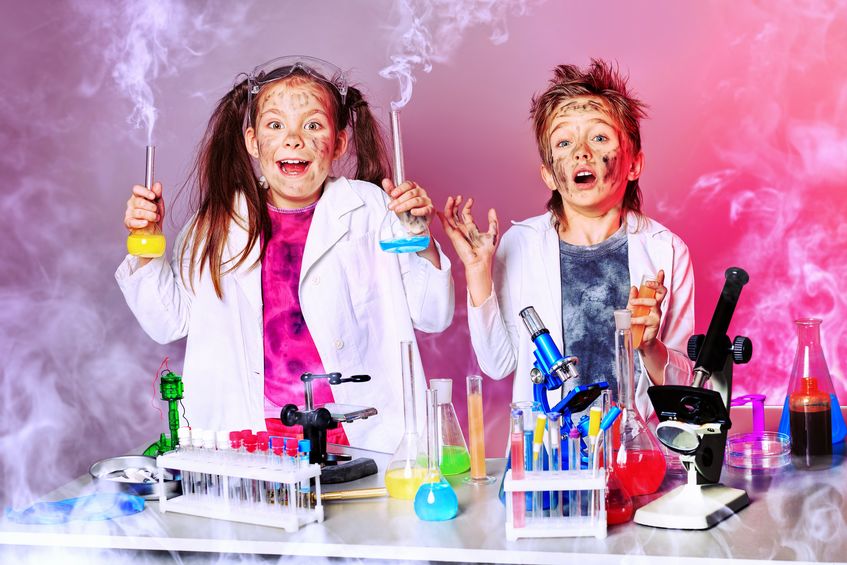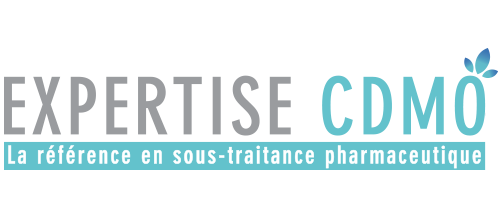Formulation, dare or not ?
Some people think that it is a question of mixing some ingredients and adding a preservative to formulate a cream. This is not totally false but not totally true either. The formulation is not like a recipe, it is not enough to add this or that ingredient to “get the product back to life”. All is a question of dosage, chemical compatibility, stirring speed, temperature,… in short, formulation is not always child’s play.

The formulation, child’s game or experts’ game?
-
The formulation with a great F
Formulation is the art of combining raw materials to obtain and characterize a stable and consistent finished product. We will complexify this definition. To formulate is to well know the raw materials, how to associate them, to understand their behavior in a specific environment, to integrate them in a matrix … it is to have knowledge in physico-chemistry, rheology, container-content interaction study. There, it becomes much more serious.
-
Formulation, easy as pie?
You can make a cream from a few basic ingredients, that’s right. But to formulate an innovative product, with several active ingredients including natural plant extracts and stable over the long term, is more complicated than it seems. Everything is a question of dosage, chemical compatibility, stirring speed, temperature, …. As you understand, a lot of factors come into the game.
-
What can I put in this cream?
For cosmetics, THE Bible exists : the EC declaration n ° 1223/2009 where the authorized, prohibited or restricted compounds are described. But this is not enough, we must also take into account the black-listed compounds by customers and consumers who are beginning to read labels. The big trend is the “green”, the natural. In short, the selection of raw materials is a real obstacle course.For drugs, there is less room for fancy. The color, the flakes, the colored particles in suspension are not priority, pharma thinks effectiveness, safety and bioavailability. Nevertheless, the principle is identical, we seek above all to have a consistent product, stable over time and reproducible.
-
Formula Ok but what’s next?
You think you have found the grail. But have you checked that the “preservative-free” formula passes the challenge test? That the active compound ZZ4 concentration does not fall during stability? That there is no interaction with the plastic bottle? That the process is industrially transposable and reproducible? The experimented formulator is able to anticipate these problems and adapts the development to these constraints.
In a competitive world where innovation is the target, the formulator job is increasingly complex. You have to take into account the customers, internal, regulatory, toxicological, marketing, budget constraints… Getting into the formulation can become a real obstacle course, so if you don’t dare, call a Contract manufacturer.


